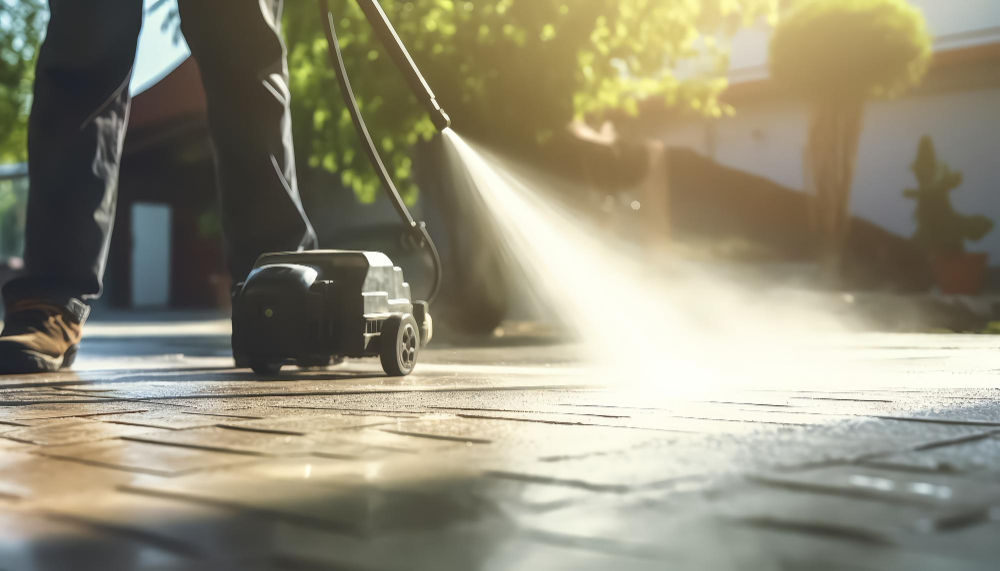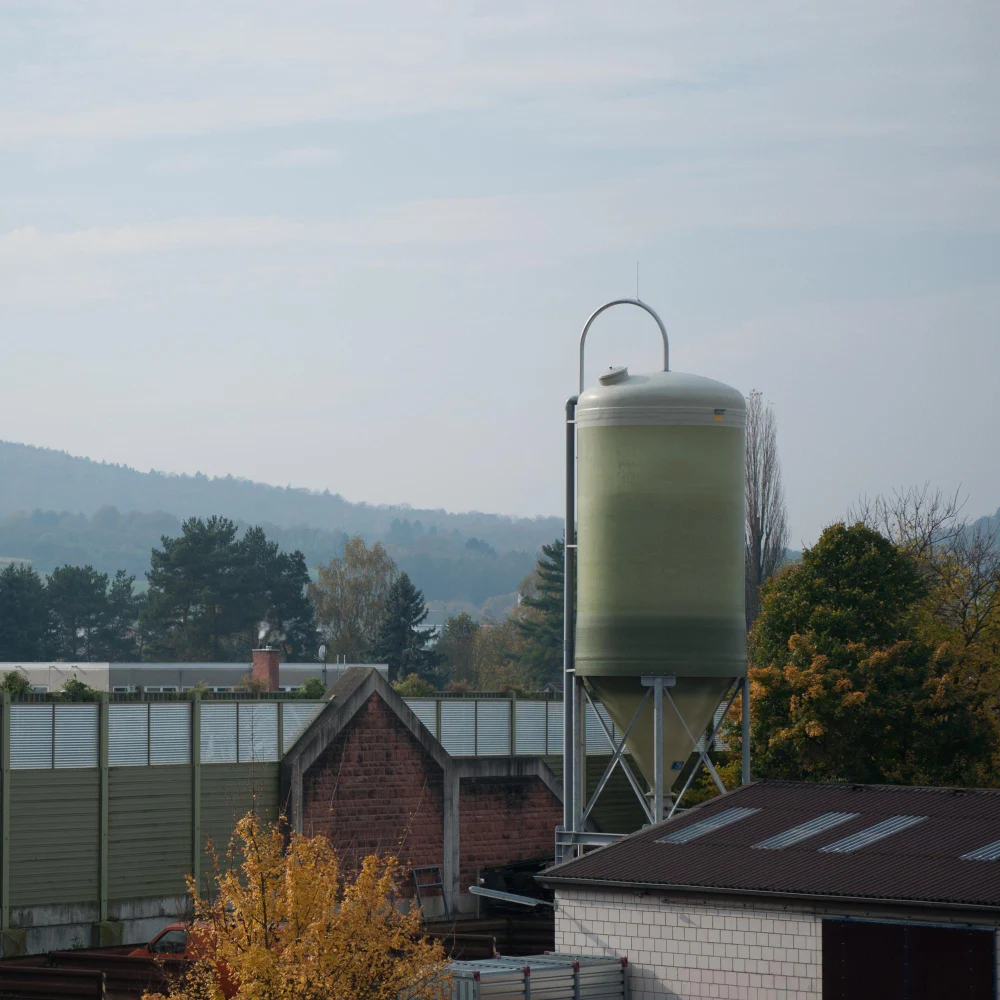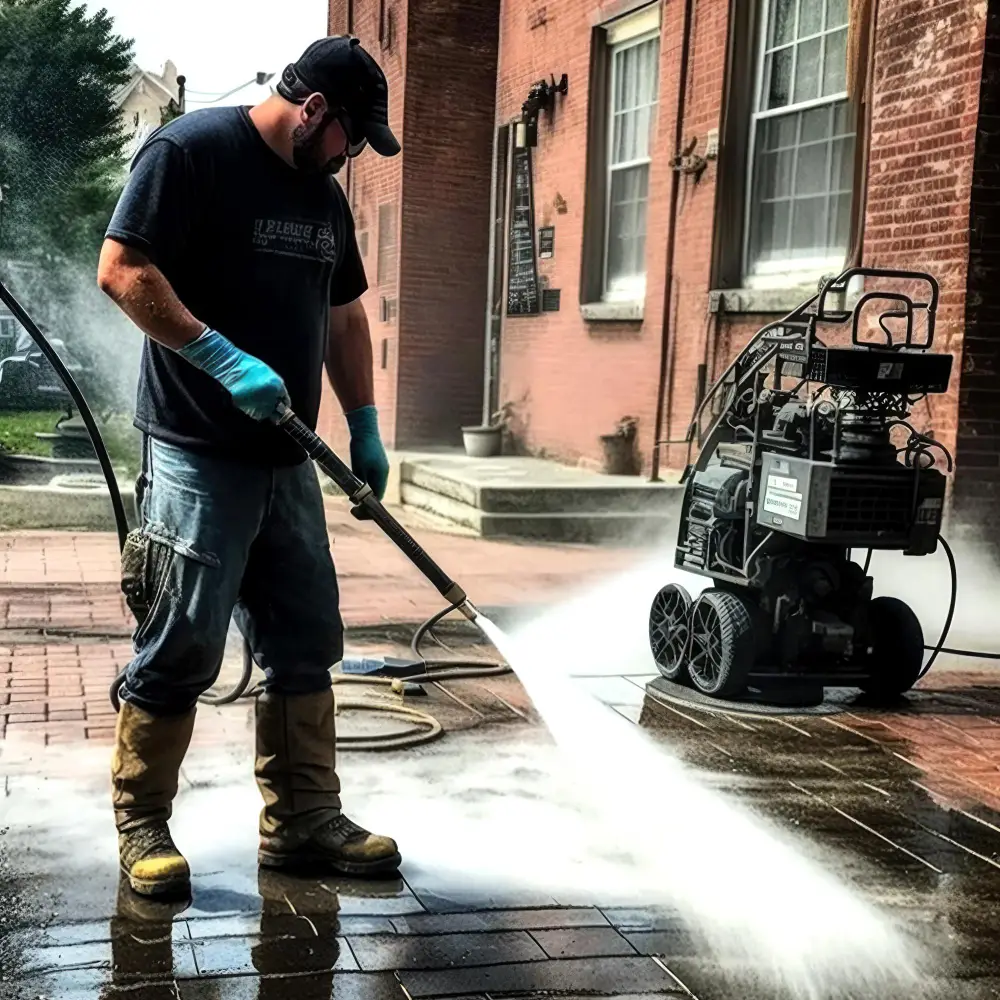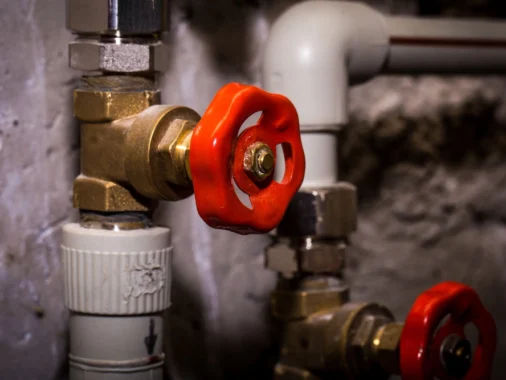If you have a water tank and a pressure washer at home, you can do a variety of things with that pressure washer. However, if you need a pump between the tank and the pressure washer in your home, read this post to know what you can use. Pressure washers are versatile tools used for cleaning various surfaces, from sidewalks and driveways to vehicles and outdoor furniture.
They rely on a steady supply of water under high pressure to effectively remove dirt, grime, and stains. When using a pressure washer in locations without direct access to a water source, such as remote job sites or off-grid properties, connecting the pressure washer to a water tank becomes necessary. However, whether or not you need a pump between the tank and the pressure washer depends on several factors.
What is a Pressure Washer?
Before you get into this post about whether you need to use a pump between the tank and the pressure washer, you must know what a pressure washer is. A pressure washer is a mechanical device that uses a high-pressure stream of water to clean surfaces.

It consists of a motor or engine that powers a pump, which pressurizes water from a water source and delivers it through a hose and nozzle at high velocity. Pressure washers are available in various sizes and configurations, ranging from small electric models for home use to large gas-powered units for commercial applications.
What Water Tank Should I Use?
What is the pressure washer that we have discussed in the above section? Also, if you want to use a new water tank in your home, then we have discussed in this part the type of water tank that you can use. When using a pressure washer with a water tank, it is essential to select an appropriate water tank based on your specific needs and application.

Portable water tanks, such as plastic or polyethene tanks, are commonly used for transporting and storing water on job sites or in remote locations. These tanks come in various sizes and capacities, allowing users to choose the right size for their needs.
Different Components of a Pressure Washer
In this section, we have discussed the components of a pressure washer. You will get a more detailed understanding of how a pressure washer works when you learn about the various components inside a pressure washer. Pressure washers consist of several key components, including a motor or engine, a pump, a water inlet, a high-pressure hose, a trigger gun or wand, and various nozzles or spray tips.

The motor or engine powers the pump, which pressurizes water from the water source and delivers it through the hose and nozzle at high pressure. The trigger gun or wand controls the flow of water, while different nozzles or spray tips allow for adjustments in spray pattern and pressure.
When to Use a Pump Between a Tank and Pressure Washer
In this part of this post, we discussed when you should use the pump between the water tank and the pressure washer. A pump between the water tank and the pressure washer is typically necessary when the pressure washer’s pump is unable to draw water from the tank effectively due to low water pressure or elevation differences.
In such cases, a booster pump or transfer pump may be required to increase water pressure and facilitate proper flow to the pressure washer. Additionally, using a pump can help maintain consistent water pressure and flow rate, ensuring optimal performance of the pressure washer.
When Not to Use a Pump Between a Tank and Pressure Washer
As we discussed in the above section when you can use your pump between the tank and the pressure washer, in this section we discuss when you should not use the pump between the tank and the pressure washer. In some situations, using a pump between the water tank and the pressure washer may not be necessary.
If the water tank is positioned at a sufficient height above the pressure washer, gravity can provide the necessary water pressure to feed the pressure washer without the need for a pump. This setup, known as gravity-fed or gravity-flow, relies on the natural force of gravity to create water pressure and flow.
What Pressure Washer is Best When Using a Water Tank?
This part of the post discusses which type of pressure washer is best when you use your water tank for different tasks. When using a pressure washer with a water tank, it is essential to choose a pressure washer that is compatible with the tank and meets your specific requirements.
Electric pressure washers are often preferred for smaller jobs or residential use due to their ease of use, portability, and lower noise levels. Gas-powered pressure washers, on the other hand, offer greater mobility and higher cleaning power, making them suitable for larger jobs or commercial applications.
In Conclusion
Whether or not you need a pump between your water tank and pressure washer depends on factors such as water pressure, elevation differences, and the type of pressure washer used. In situations where the pressure washer’s pump struggles to draw water from the tank effectively, a pump may be necessary to boost water pressure and ensure proper flow.
However, if the water tank is positioned at a sufficient height above the pressure washer, a gravity-fed setup may be sufficient. Selecting the right pressure washer and water tank combination is essential for achieving optimal performance and efficiency in various cleaning applications. If you like this post then you can share it with your friends and family.




